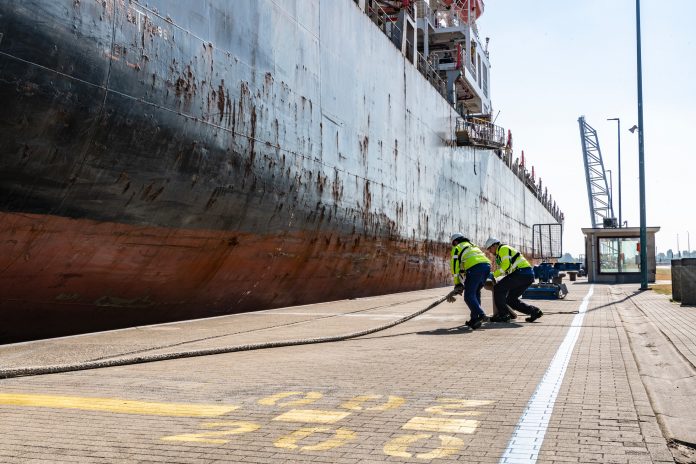The Port of Antwerp-Bruges faced another year of challenges in 2023, marked by geopolitical tensions and a slowdown in global economic growth, causing a great impact on industrial production and trade flows.
The Belgian port saw 12.5 million TEUs in the previous year, translating to a 7.2% decline from 2022 figures. However, Port of Antwerp-Bruges said it has achieved a positive development in its market share within the Hamburg-Le Havre range, experiencing a 0.6% increase to reach 30.2% in 2023.
The total throughput for the year, reaching 271 million tonnes of cargo, represents a 5.5% decrease compared to the previous year.
Additionally, the overall roll-on/roll-off traffic has demonstrated resilience, experiencing a modest decline of 2.1%. The major European port handled 3.56 million new cars, reflecting an annualised growth rate of 9%. On the other hand, the throughput of unaccompanied cargo (excluding containers) transported on RoRo vessels has seen a slight decrease of 1.5%. Within this category, over half of the flows are connected to the United Kingdom, witnessing a decrease of 4.9%. In contrast, traffic associated with Ireland has seen a significant upswing, with an increase of 17.9%, while traffic to Scandinavia has remained steady.
Looking ahead to the next decade, the Port of Antwerp-Bruges envisions a robust investment programme totalling US$3 billion. This includes the development of new infrastructure such as a quay wall for the Europa Terminal, the establishment of a new coordination centre, and the utilisation of residual land on the Left Bank.
In terms of energy supply and transition, the port is committed to maintaining its pioneering role in the future. One notable initiative is the active promotion of a circular economy through the implementation of the Warmtenet Antwerpen Noord project. The first heat delivery is imminent, and further expansion of the NextGen District is on the agenda for the upcoming year.







